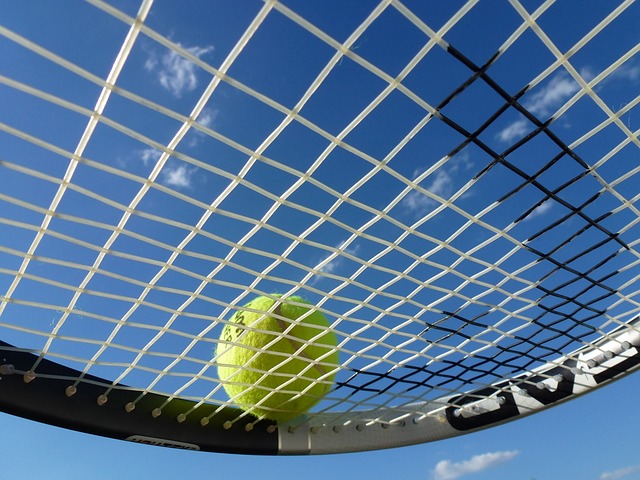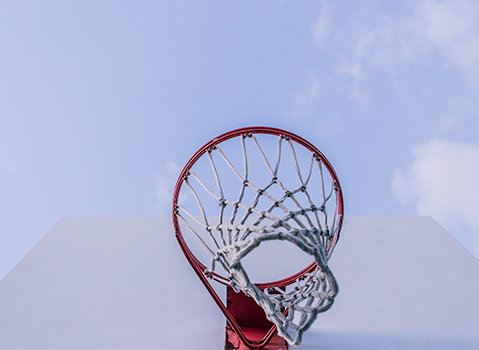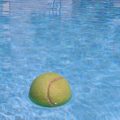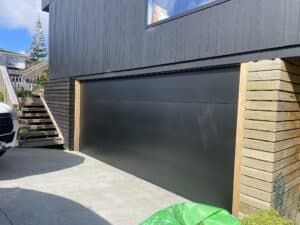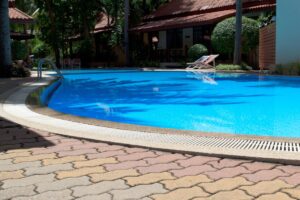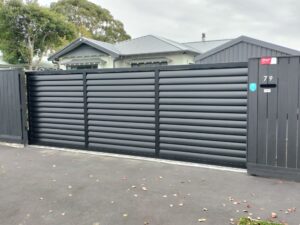On the surface, tennis seems like one of the cheaper sports to compete in. But when you get to the rubber core, it ends out be incredibly expensive.
Starting out players only invest in a racquet that can cost between $30 and $300. Then they invest in a set of three balls for $13 and they should be good to go. That’s quite cheap compared to rugby where players spend $25 on one ball, $60 on headgear, $20 on a mouthguard and at least $60 on a protective vest. Phew!
However with rugby, the gear bought can last for years. Tennis players feel like they spend more time running to and from their sports store than running up and down the court! A competitive match usually chews up a pack of three tennis balls. That’s $13 per game!
And so I can see why you are considering alternative sports. However instead of alternative sports, I encourage you to look at alternative equipment.
The first alternative tennis players swing to is pressureless tennis balls. A pressureless tennis ball one major advantage: as the felt cover wears off and the rubber inside softens, these balls become bouncier. While pressurised tennis balls lose bounce over time, these ones gain bounce.
So this seems like a great investment at first. But before you go swiping your creditcard, these tennis balls have their fair share of downsides:
- Since they are heavier, they require a stronger swing
- The greater force required can result in injury
- Their spin response decreases over time
As a competitive tennis player, the last point hits the strongest. This certainly isn’t the ball for you if you are wanting to generate spin on your serves and ground strokes!
So if you want to play tennis competitively, your only valid option is pressurised balls. Those delicate balls you need to replace after every match. Sorry about that.
But there is one more option before you resort to squash. It’s a way to keep your tennis balls from ever losing pressure and restore balls to their brand new bounce. In short, it is sporting’s best kept secret.
The Pressureball is an alternative to those pesky pressureless tennis balls. In technobabble: It is a flexible plastic pressure tube for tennis balls. By pumping the tube to a 14psi pressure, your tennis balls maintain the same pressure they had the day you bought them. Simply: It keeps your tennis balls bouncy using science.
After all this you decide you simply don’t want to spend another dollar on tennis equipment, that is fine too! Squash is a racquet sport just like tennis. So it is right in your ballpark.
For this sport you will need the similar protective gear used in tennis. You can use a tennis racquet for Squash if you are desperate to not spend another dollar. But this will be more challenging. If you are serious about Squash, get a racquet.
You also need to get new balls. Now I have bad news. In tournaments Squash balls usually last two to three matches according to Squashlife. You can of course use the same ball after three matches. You can use it till it bursts (yes, really) if desired. But sadly, just like tennis, squash balls have a short match life.
In short: Stick with your passion but be economical about it.
Tossing up between two alternatives? Toss them my way and I will find something clever to say in my new segment Jo, I want to know!

